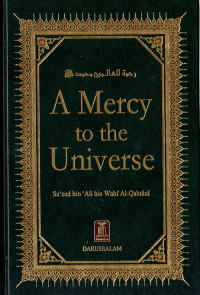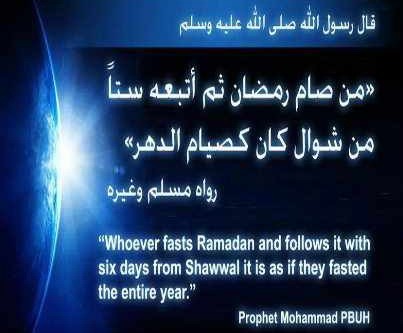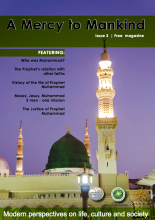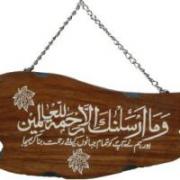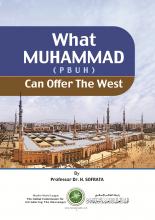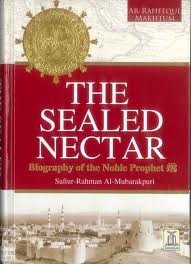The Prophet of Mercy Website
Muslim World League - Global Commission for Introducing the Messenger
Sealed Nectar
Most of the Arabs had complied with the call of Ishmael (Peace be upon him) , and professed the
religion of his father Abraham (Peace be upon him) They had worshipped Allâh, professed His
Oneness a nd followed His religion a long time until they forgot part of what they had been reminded
of. However, they still maintained such fundamental beliefs such as monotheism as well as various
other aspects of Abraham’s religion, until the time when a chief of Khuza‘a, namely ‘Amr bin Luhai,
Dedication of certain animals (such as Bahira, Sa’iba, Wasila and Hami) to idols, which
meant sparing such animals from useful work for the sake of these heathen gods. Bahira, as
reported by the well-known historian, Ibn Ish, was daughter of Sa’iba which was a female
camel that gave birth to ten successive female animals, but no male ones, was set free and
forbidden to yoke, burden or being sheared off its wool, or milked (but for guests to drink
from); and so was done to all her female offspring which were given the name ‘Bahira’, after
“O Children of Adam! Take your adornment (by wearing your clean clothes), while praying
[and going round (the Tawaf of) the Ka‘bah\". [7:31]
If men or women were generous enough to go round Al-Ka‘bah in their clothes, they had to discard
them after circumambulation for good.
When the Makkans were in a pilgrimage consecration state, they would not enter their houses
through the doors but through holes they used to dig in the back walls. They used to regard such
Estimates say that between 20-40 thousand Christians were killed in that human massacre. The
Qur’ân related part of that story in Al-Buruj (zodiacal signs) Chapter.
Christianity had first made its appearance in Arabia following the entry of the Abyssinian (Ethiopian)
and Roman colonists into that country.
The Abyssinian (Ethiopian) colonization forces in league with
Christian missions entered Yemen as a retaliatory reaction for the iniquities of Dhu Nawas, and
Such was the religious life of the Arabians before the advent of Islam. The role that the religions prevalent played was so marginal, in fact it was next to nothing. The polytheists, who faked Abrahamism, were so far detached from its precepts, and totally oblivious of its immanent good manners. They plunged into disobedience and ungodliness, and developed certain peculiar religious superstitions that managed to leave a serious impact on the religious and socio-political life in the whole of Arabia.
After the research we have made into the religious and political life of Arabia, it is appropriate to speak briefly about the social, economic and ethical conditions prevalent therein.
SOCIAL LIFE OF THE ARABS:
The economic situation ran in line with the social atmosphere. The Arabian ways of living would illustrate this phenomenon quite clearly. Trade was the most common means of providing their needs of life. The trade journeys could not be fulfilled unless security of caravan routes and inter-tribal peaceful co-existence were provided – two imperative exigencies unfortunately lacking in Arabia except during the prohibited months within which the Arabs held their assemblies of ‘Ukaz, Dhil-Majaz, Mijannah and others.
We cannot deny that the pre-Islam Arabs had such a large bulk of evils. Admittedly, vices and evils, utterly rejected by reason, were rampant amongst the pre-Islam Arabs, but this could never screen off the surprise-provoking existence of highly praiseworthy virtues, of which we could adduce the following:
With respect to the lineage of Prophet Muhammad (Peace be upon him), there are three versions: The first was authenticated by biographers and genealogists and states that Muhammad’s genealogy has been traced to ‘Adnan. The second is subject to controversies and doubt, and traces his lineage beyond ‘Adnan back to Abraham. The third version, with some parts definitely incorrect, traces his lineage beyond Abraham back to Adam (Peace be upon him)
The family of Prophet Muhammad (Peace be upon him) is called the Hashimite family after his grandfather Hashim bin ‘Abd Munaf. Let us now speak a little about Hashim and his descendants:
